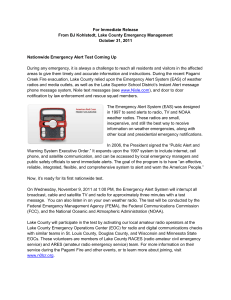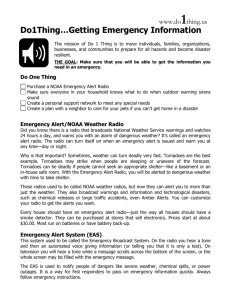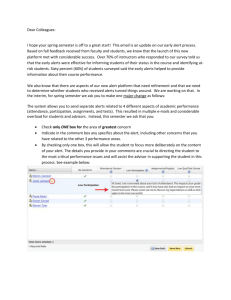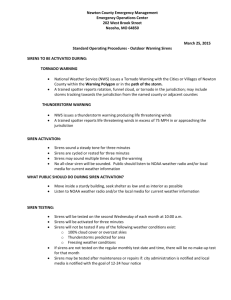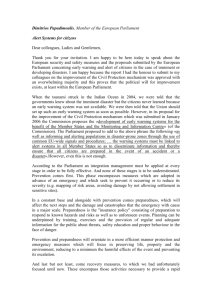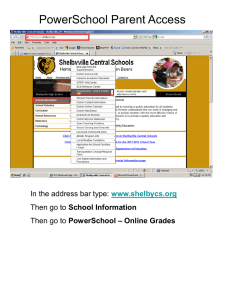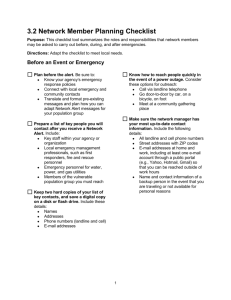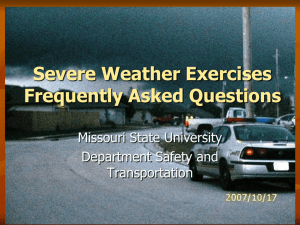06/22/11: Now that the Siren is Gone
advertisement
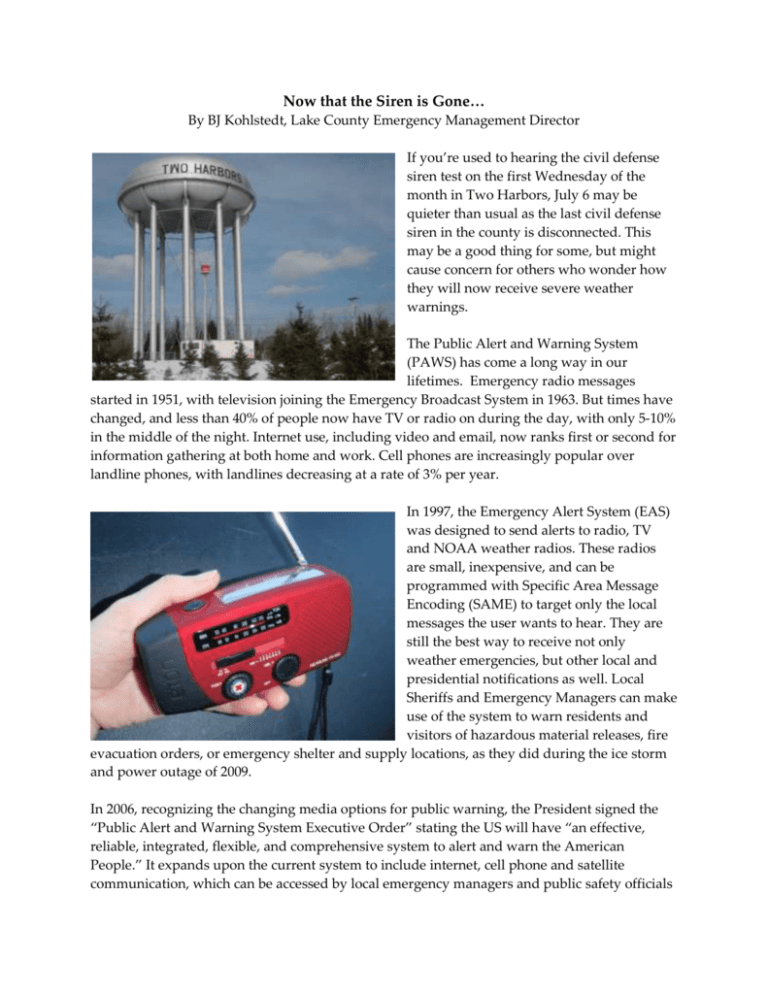
Now that the Siren is Gone… By BJ Kohlstedt, Lake County Emergency Management Director If you’re used to hearing the civil defense siren test on the first Wednesday of the month in Two Harbors, July 6 may be quieter than usual as the last civil defense siren in the county is disconnected. This may be a good thing for some, but might cause concern for others who wonder how they will now receive severe weather warnings. The Public Alert and Warning System (PAWS) has come a long way in our lifetimes. Emergency radio messages started in 1951, with television joining the Emergency Broadcast System in 1963. But times have changed, and less than 40% of people now have TV or radio on during the day, with only 5-10% in the middle of the night. Internet use, including video and email, now ranks first or second for information gathering at both home and work. Cell phones are increasingly popular over landline phones, with landlines decreasing at a rate of 3% per year. In 1997, the Emergency Alert System (EAS) was designed to send alerts to radio, TV and NOAA weather radios. These radios are small, inexpensive, and can be programmed with Specific Area Message Encoding (SAME) to target only the local messages the user wants to hear. They are still the best way to receive not only weather emergencies, but other local and presidential notifications as well. Local Sheriffs and Emergency Managers can make use of the system to warn residents and visitors of hazardous material releases, fire evacuation orders, or emergency shelter and supply locations, as they did during the ice storm and power outage of 2009. In 2006, recognizing the changing media options for public warning, the President signed the “Public Alert and Warning System Executive Order” stating the US will have “an effective, reliable, integrated, flexible, and comprehensive system to alert and warn the American People.” It expands upon the current system to include internet, cell phone and satellite communication, which can be accessed by local emergency managers and public safety officials to send immediate threat alerts. All of this is scheduled to be ready by the end of 2011, and the first ever nationwide IPAWS (Integrated Public Alert and Warning System) exercise is planned this year to increase public awareness and practice responding. So, back to the future of sirens in Lake County. We’ve received several quotes for new siren systems, ranging from $8000 to replace the current system in Two Harbors, to $80,000 to upgrade and cover our three cities. Most sirens are owned by cities, and Lake County will work with the city of Two Harbors to explore options. But sirens are a high cost, maintenance heavy investment, and even the siren experts warn that, “A lot of people think these will wake them up indoors in the middle of the night and that’s just not the case. These are outdoor warning systems used to warn people to take shelter indoors.” It’s still recommended that people not rely solely on outdoor sirens to signal severe weather, but that they keep a NOAA weather radio with an alert tone in their homes and businesses. Lake County currently has a Public Alert and Warning procedure under review as part of our Emergency Operations Plan update. It includes NOAA weather radio alerts, along with media announcements, use of the Lake Superior School System Instant Alert calling system, ECHO alerts for non-English speakers, plans for using IPAWS as it becomes available, and use of mobile speaker systems by law enforcement at public outdoor events and gathering places. We welcome your feedback and input at bj.kohlstedt@co.lake.mn.us or 218-226-4444.
